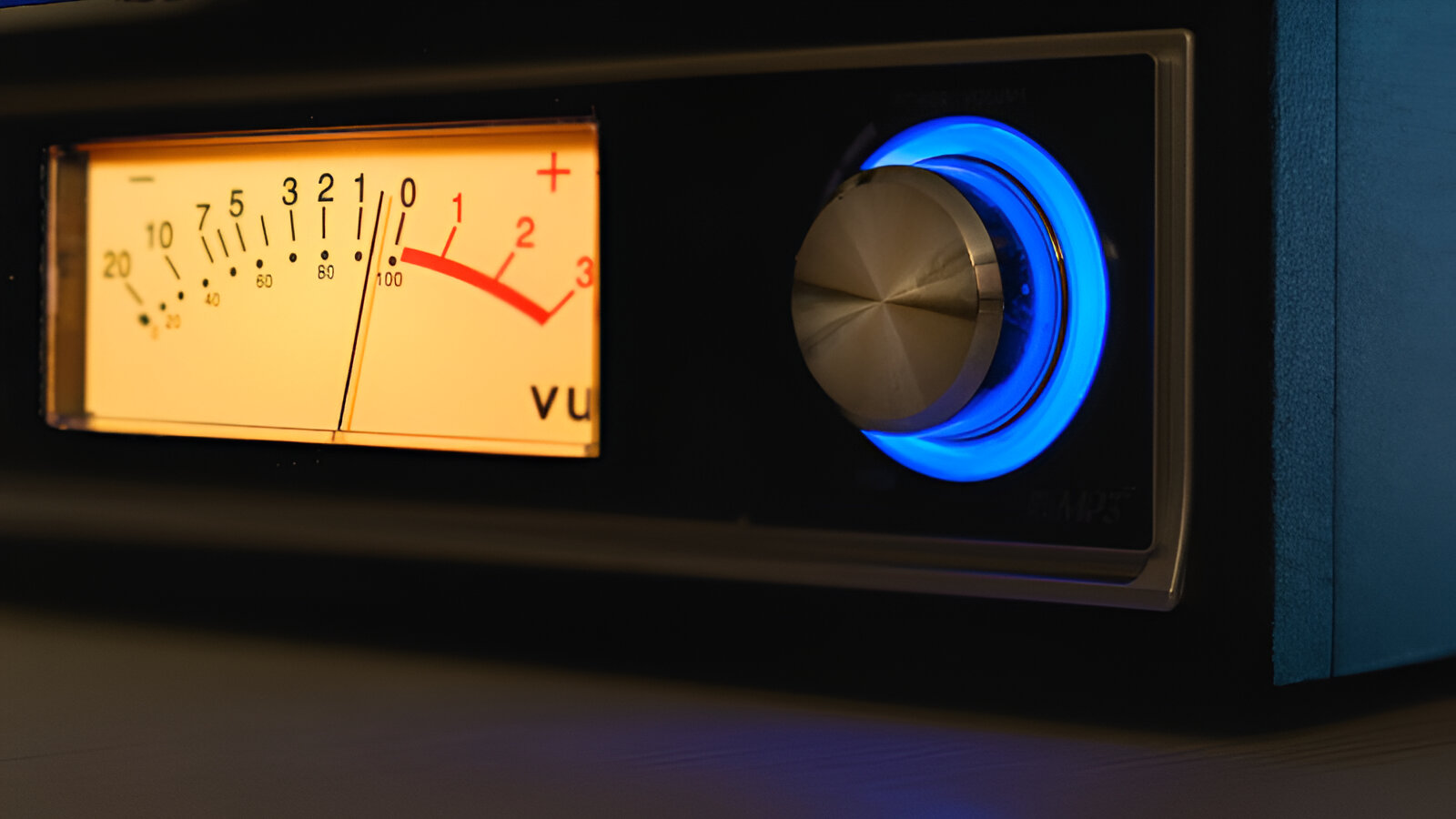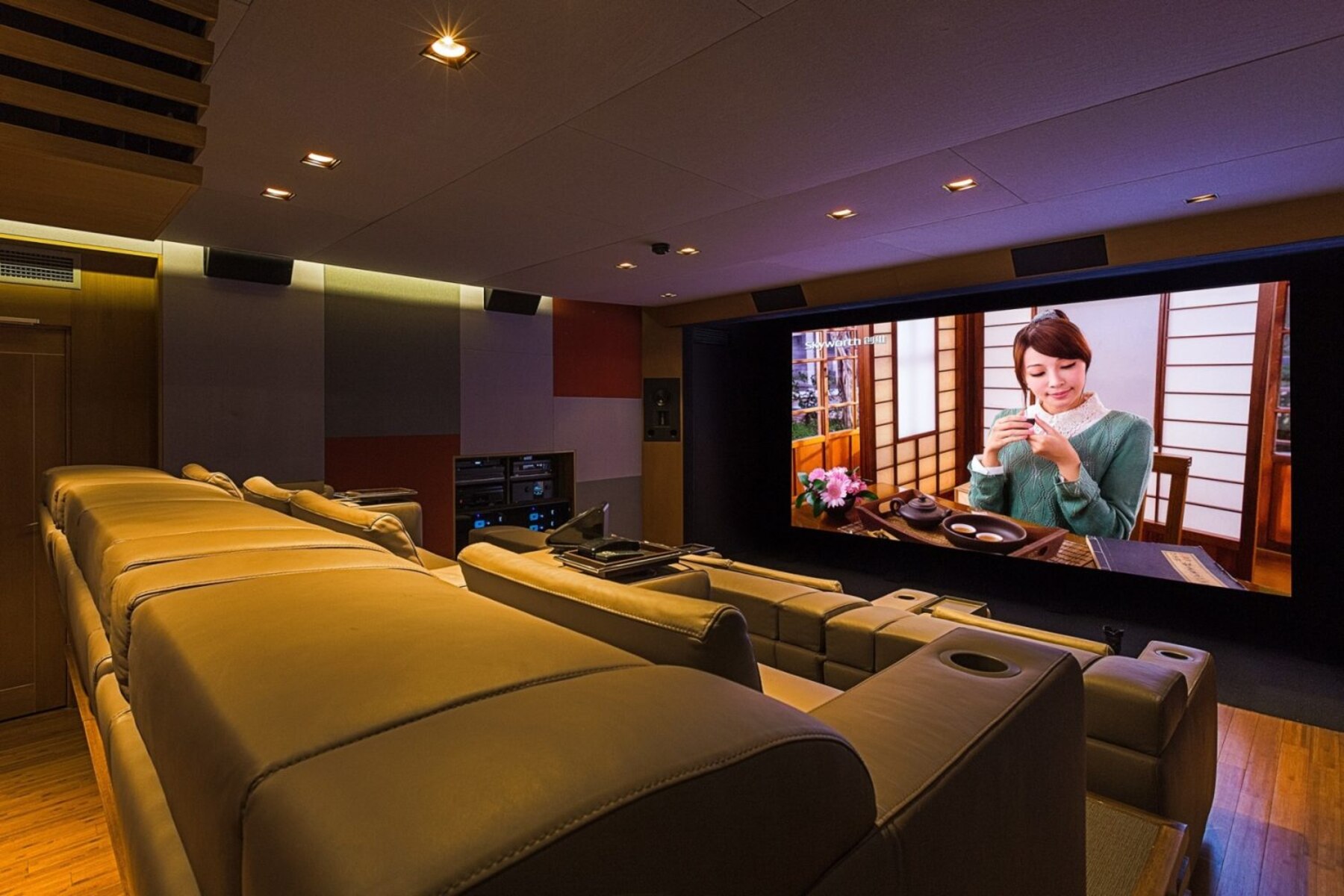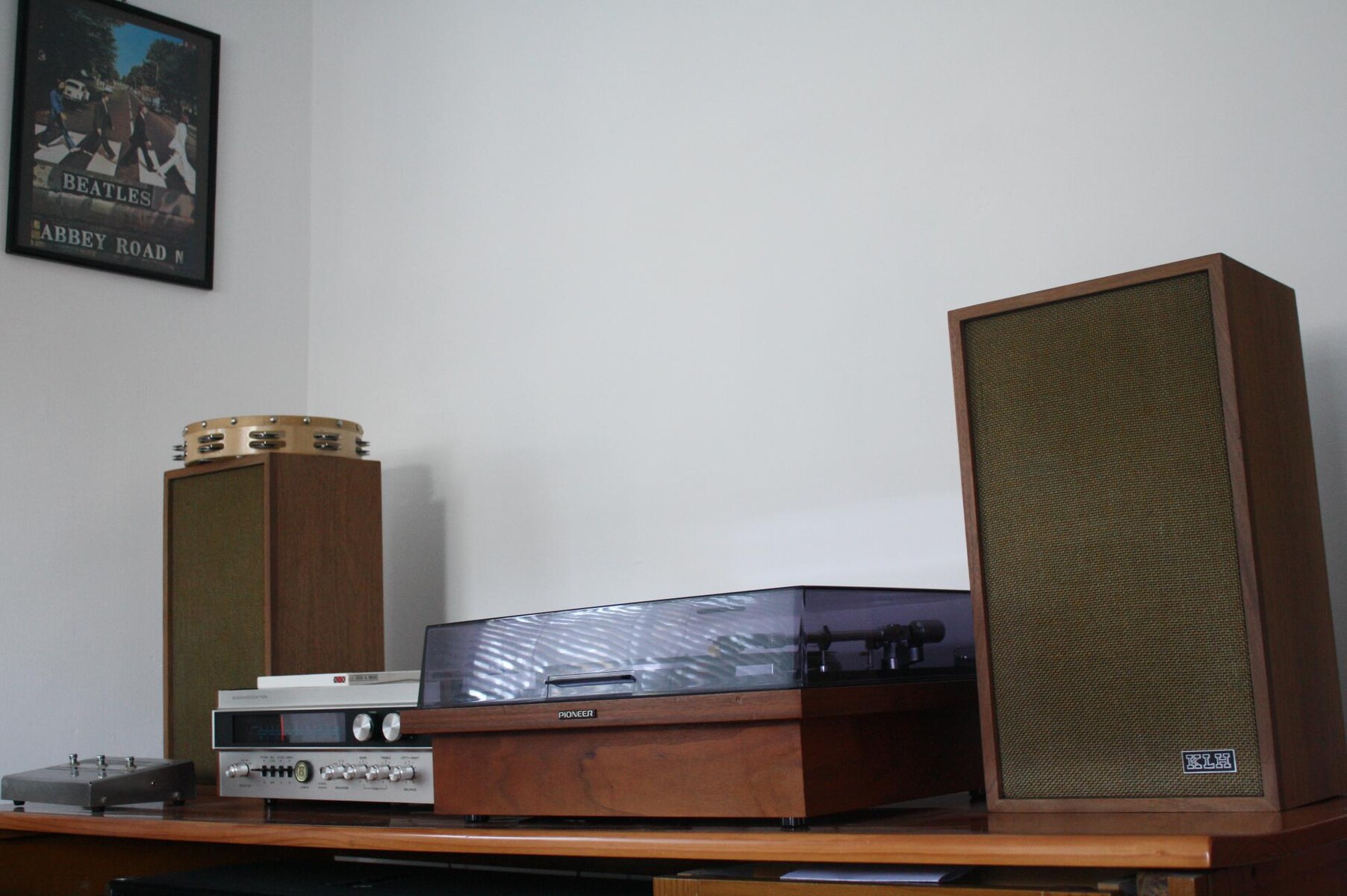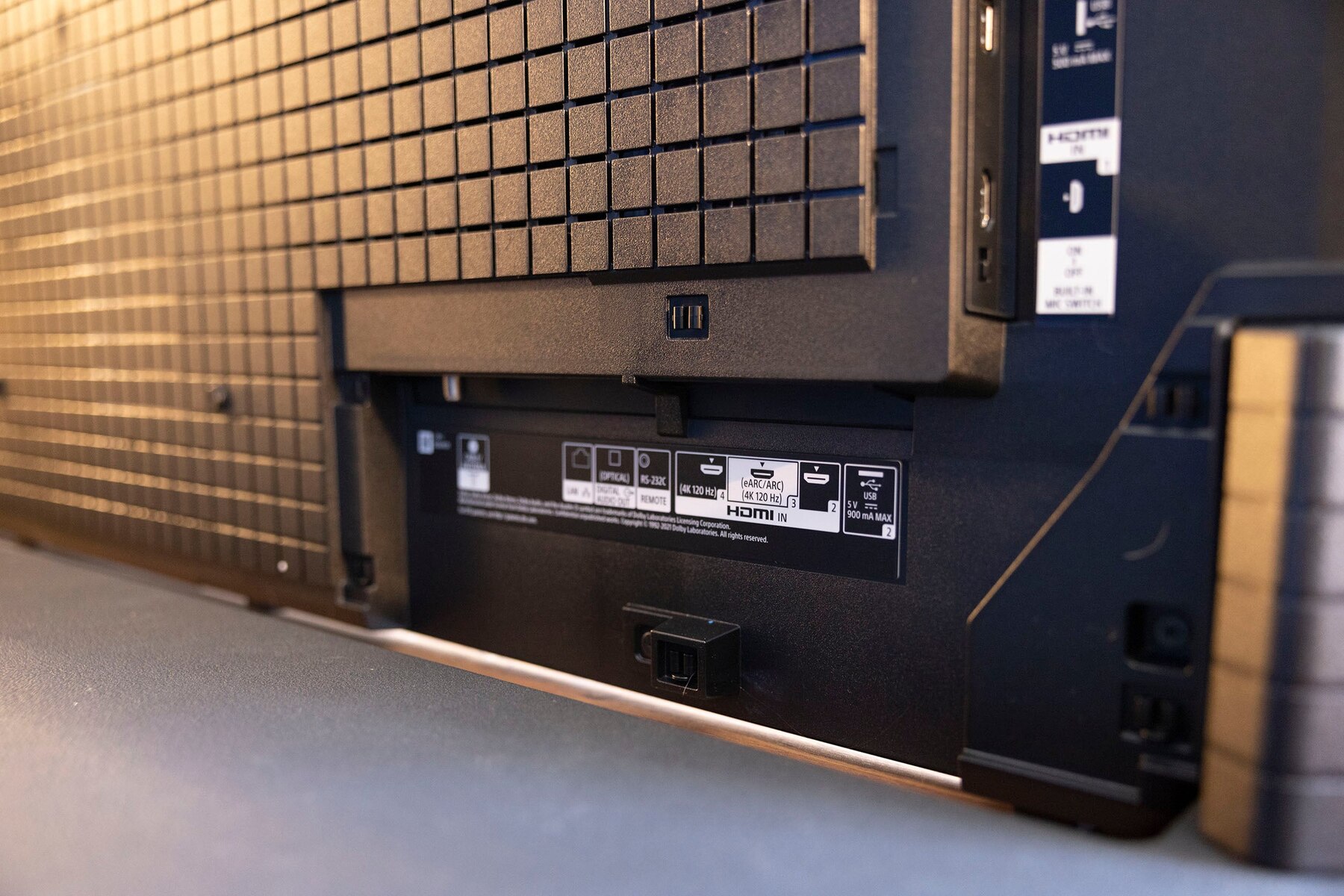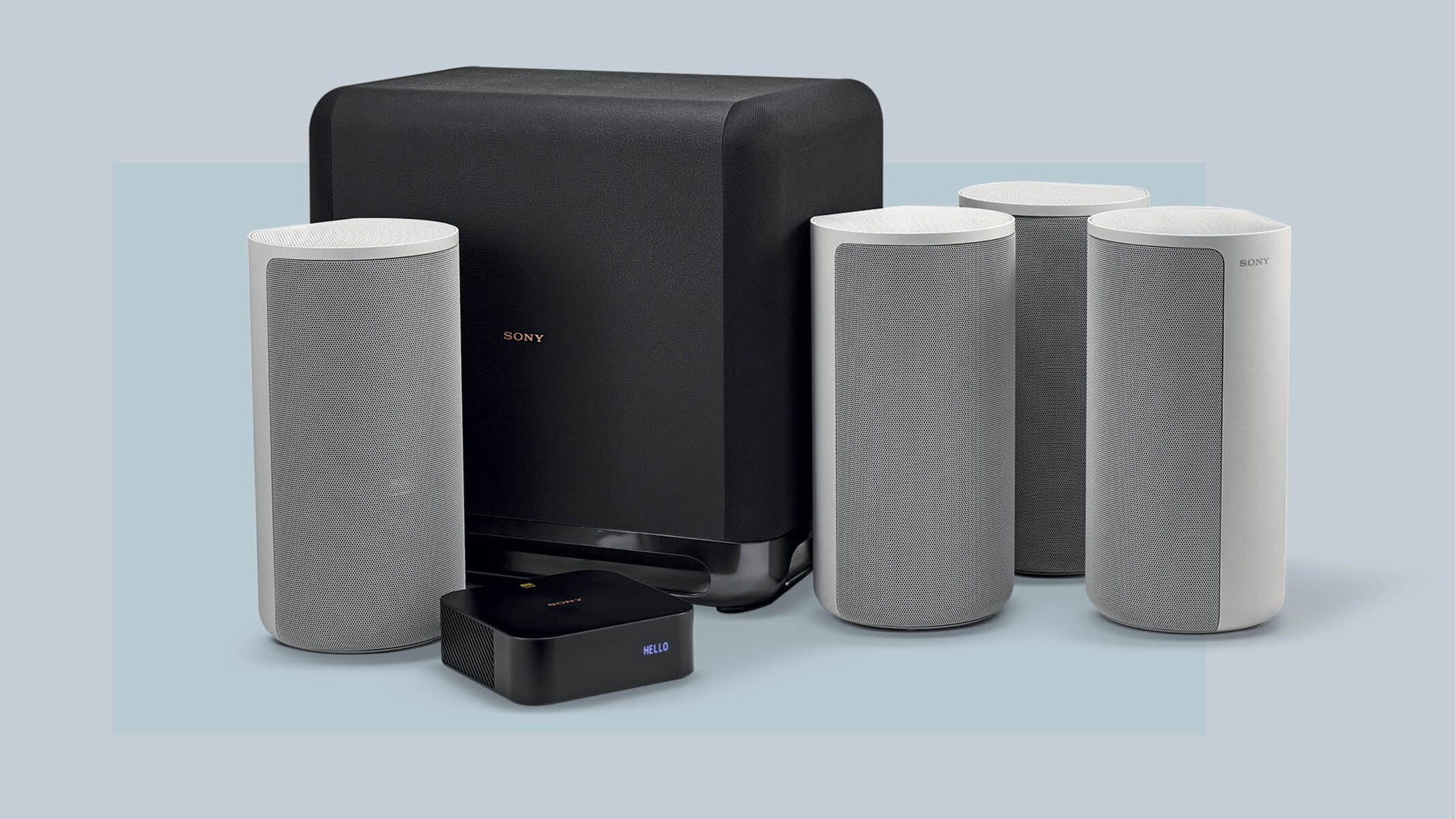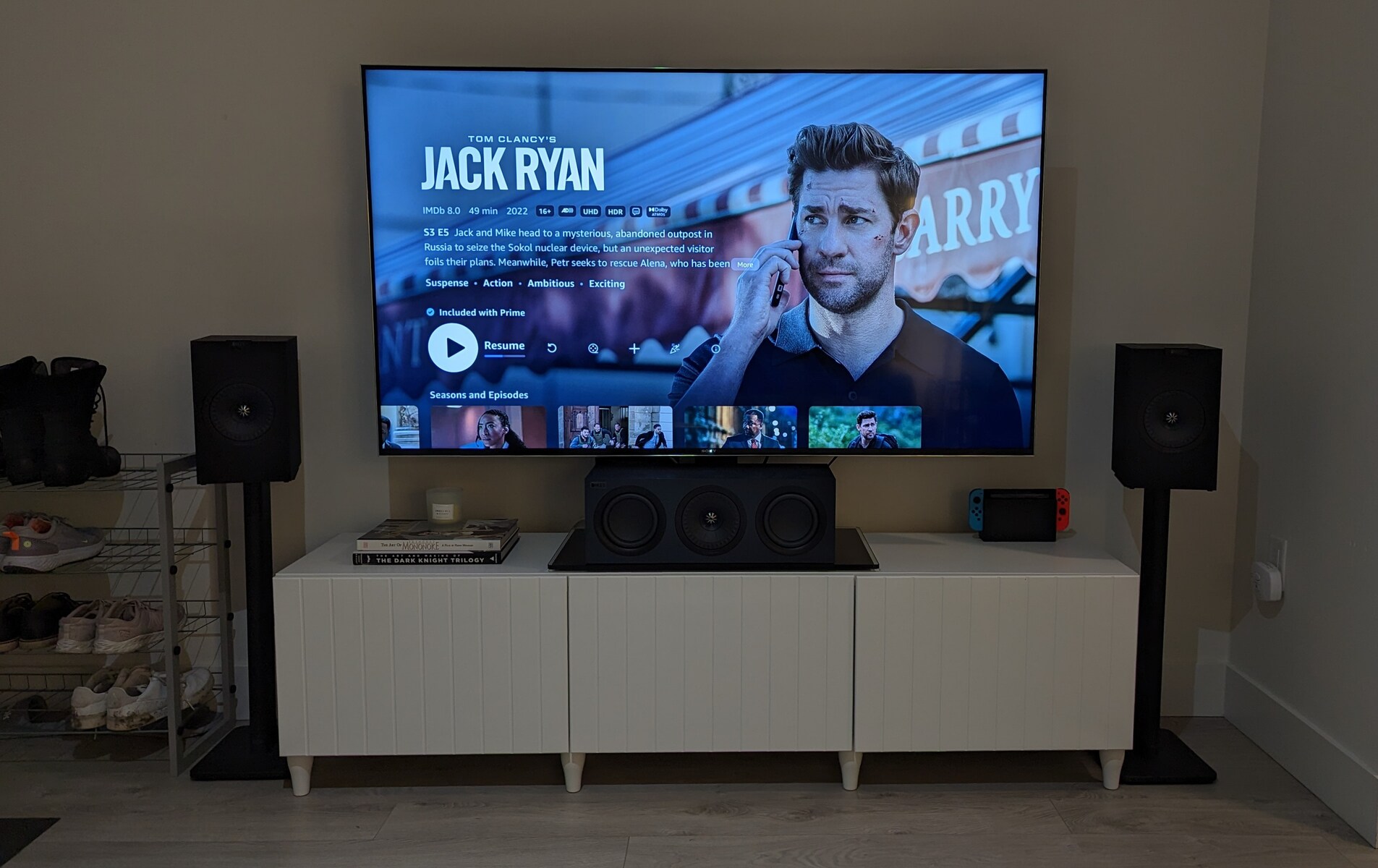Introduction
Understanding Negative Volume Levels on Your AV Receiver
If you've ever glanced at your AV receiver and been perplexed by the negative numbers displayed for the volume level, you're not alone. It's a common source of confusion for many audio enthusiasts. While negative volume levels may seem counterintuitive at first, there's a logical explanation behind this seemingly perplexing display. In this article, we'll delve into the world of audio calibration, decibels, and reference levels to shed light on why your AV receiver shows volume in negative numbers.
When you first encounter negative volume levels on your AV receiver, it's natural to wonder if there's a technical glitch or an error in the system. However, the presence of negative numbers is not an indication of a malfunction; rather, it's a deliberate design choice that serves a specific purpose in the realm of audio engineering. Understanding the rationale behind this display can demystify the concept and empower you to make informed adjustments to your audio setup.
Negative volume levels are intricately linked to the principles of decibels (dB) and the concept of reference levels in audio calibration. By grasping the significance of these elements, you can gain a deeper appreciation for the precision and accuracy that underpin the functionality of your AV receiver. So, let's embark on a journey to unravel the mystery of negative volume levels and illuminate the fascinating intricacies of audio technology.
Understanding dB and Negative Numbers
To comprehend the significance of negative volume levels on your AV receiver, it’s essential to grasp the fundamentals of decibels (dB) and their role in quantifying sound intensity. Decibels represent a logarithmic unit of measurement that enables us to express a wide range of sound levels using a more manageable scale. In the context of audio systems, including AV receivers, decibels serve as a crucial metric for calibrating and adjusting volume levels with precision.
When it comes to decibels, negative values signify a relative measurement compared to a reference point. In the realm of audio engineering, the reference point often corresponds to an established standard, such as the maximum permissible level before distortion occurs. Consequently, negative dB values indicate that the current sound level is lower than the predefined reference, offering a clear indication of the relative intensity of the audio output.
As such, when your AV receiver displays negative volume levels, it’s essentially conveying that the current volume setting is below the reference level, providing a nuanced insight into the sound intensity being produced. This nuanced approach to volume representation allows for fine-grained adjustments, facilitating a more granular and precise control over the audio output.
Moreover, negative dB values align with the logarithmic nature of human perception of sound. Our ears perceive changes in sound intensity logarithmically, meaning that a doubling of perceived loudness corresponds to an approximately 10 dB increase. By incorporating negative volume levels, AV receivers accommodate this perceptual phenomenon, enabling users to make incremental changes that align with the logarithmic sensitivity of human hearing.
By delving into the realm of decibels and their relationship to negative numbers, we unravel the intricate tapestry of audio calibration and precision. This understanding serves as a cornerstone for comprehending the rationale behind negative volume levels on AV receivers, shedding light on the meticulous engineering that underpins the audio experience.
Audio Calibration and Reference Levels
Audio calibration forms the bedrock of achieving optimal sound reproduction in any home theater or audio setup. It involves the meticulous adjustment of various audio parameters to ensure that the sound output aligns with industry standards and the specific characteristics of the listening environment. Central to this process is the establishment of reference levels, which serve as benchmarks for achieving consistent and accurate audio playback.
Reference levels in audio calibration encompass various facets, including the volume setting that corresponds to the intended sound intensity and the dynamic range that preserves the nuances of the audio content. These reference levels are crucial for maintaining fidelity to the original audio source and ensuring that the sound output faithfully represents the creator’s intent.
When negative volume levels are displayed on an AV receiver, they are intricately tied to these reference levels, signifying a deviation from the established standard. This deviation can stem from factors such as room acoustics, speaker sensitivity, and individual preferences, necessitating the ability to finely adjust the volume below the reference point. In essence, the negative numbers serve as a practical means of indicating the relative position of the current volume setting with respect to the reference level, enabling users to make nuanced adjustments tailored to their specific listening environment and preferences.
Furthermore, the utilization of negative volume levels aligns with the concept of headroom in audio engineering, which refers to the margin of safety between the average and peak levels of the audio signal. By allowing for negative volume adjustments, AV receivers afford additional headroom, ensuring that sudden peaks in the audio content can be accommodated without encountering distortion or clipping. This headroom contributes to a more robust and resilient audio playback, enhancing the overall quality of the listening experience.
In essence, the integration of negative volume levels within the audio calibration framework empowers users to navigate the intricacies of sound reproduction with precision and finesse. It underscores the adaptability of AV receivers to accommodate diverse listening environments and preferences while upholding the standards of audio fidelity and dynamic range.
Displaying Negative Numbers for Precision
The inclusion of negative numbers in the volume display of AV receivers serves as a testament to the pursuit of precision and granularity in audio control. By presenting negative volume levels, AV receivers afford users the ability to make nuanced adjustments with heightened accuracy, catering to the intricacies of individual listening preferences and the characteristics of the audio content being reproduced.
One of the key advantages of negative volume representation lies in its capacity to facilitate fine-grained control over the sound output. This granularity is particularly valuable in scenarios where subtle adjustments are warranted, such as calibrating the audio levels for late-night viewing or fine-tuning the balance between different speaker channels to achieve an optimal listening experience. The availability of negative numbers empowers users to navigate these adjustments with a level of precision that aligns with the nuanced nature of audio perception.
Moreover, negative volume levels play a pivotal role in accommodating the diverse dynamics of audio content, especially in scenarios where the source material exhibits varying levels of intensity. By allowing for negative adjustments, AV receivers enable users to tailor the volume output to suit the dynamic range of the content, ensuring that both delicate nuances and impactful crescendos are faithfully reproduced without compromise.
Furthermore, the display of negative numbers on AV receivers reflects a commitment to transparency and accuracy in volume representation. Rather than resorting to rounded or truncated values that may obscure the subtleties of volume adjustments, the use of negative numbers provides a clear and unambiguous indication of the relative position of the volume setting in relation to the reference level. This transparency empowers users to make informed decisions when calibrating their audio setup, fostering a deeper engagement with the intricacies of sound reproduction.
In essence, the inclusion of negative numbers in the volume display of AV receivers embodies a dedication to precision, adaptability, and user-centric design. It underscores the commitment to delivering an audio experience that transcends mere sound reproduction, embracing the artistry and subtleties inherent in the realm of audio engineering.
Conclusion
Exploring the phenomenon of negative volume levels on AV receivers unveils a captivating fusion of technical intricacies and user-centric design. The presence of negative numbers in the volume display serves as a testament to the meticulous engineering that underpins the audio experience, offering a window into the precision, adaptability, and transparency embedded within modern audio technology.
By delving into the realm of decibels and their relationship to negative numbers, we unearthed the foundational principles that govern sound intensity quantification and human perception. The logarithmic nature of decibels aligns with the intricacies of human hearing, and the inclusion of negative volume levels on AV receivers harmonizes with this perceptual phenomenon, empowering users to make nuanced adjustments that resonate with the subtleties of sound.
Furthermore, the integration of negative volume levels within the audio calibration framework underscores the commitment to precision and adaptability. By providing users with the means to finely adjust the volume below the reference level, AV receivers cater to diverse listening environments and preferences, while upholding the standards of audio fidelity and dynamic range. This adaptability fosters a deeper engagement with the nuances of sound reproduction, enriching the overall audio experience.
Ultimately, the utilization of negative numbers in the volume display of AV receivers epitomizes a holistic approach to audio engineering—one that transcends mere sound reproduction and embraces the artistry and subtleties inherent in the realm of audio technology. It empowers users to navigate the intricacies of audio control with finesse, fostering a deeper connection with the audio content and the immersive potential of the home theater environment.
In essence, the presence of negative volume levels on your AV receiver is not merely a display of numbers; it is a testament to the convergence of precision, adaptability, and user-centric design that defines the modern audio experience. It invites us to appreciate the meticulous engineering woven into the fabric of our audio systems and the profound impact it has on our auditory journey.







